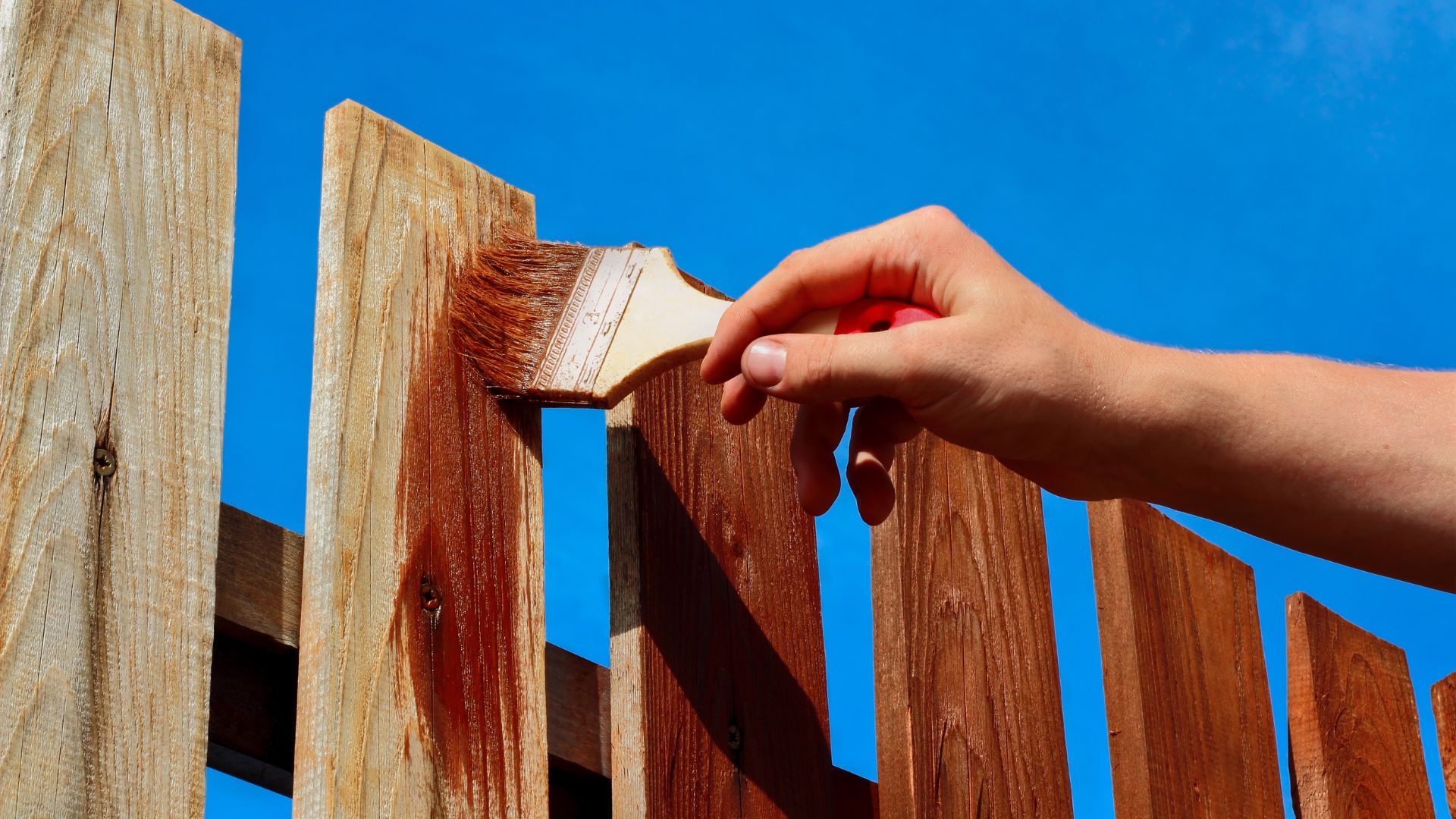A fence can be an important aspect of a home or garden, providing privacy, security, and aesthetic appeal. However, over time, the elements can take their toll, leaving your fence looking dull and worn. One way to bring new life to your fence is by painting or staining it. In this blog post, we will explore the different options available for painting or staining your fence, as well as the steps you’ll need to take to ensure a successful outcome.
Materials and Tools
The first step in painting or staining your fence is to gather the necessary materials and tools. Depending on the type of fence you have, you’ll need different types of paint or stain. For example, if you have a timber fence, you’ll need to use a water-based or oil-based timber stain. If you have a Colorbond or aluminium fence, you’ll need to use paint specifically designed for metal surfaces.
When it comes to tools, you’ll need a paintbrush, roller, and roller tray. If your fence is large, you may want to invest in a paint sprayer, which can make the job go much faster. You’ll also need sandpaper, masking tape, and a drop cloth to protect the surrounding area from drips and spills.
Preparation
Before you begin painting or staining your fence, it’s important to properly prepare the surface. This includes cleaning the fence, removing any loose or flaking paint or stain, and sanding down any rough spots. You may also need to fill any holes or cracks with timber filler.
Next, mask off any areas you don’t want painted or stained, such as the ground or surrounding plants. Once you’ve finished preparing the surface, it’s a good idea to give the fence a quick rinse with a hose to remove any dust or debris.
Painting or Staining
When it comes to painting or staining your fence, the process will vary slightly depending on the type of fence you have and the type of paint or stain you’re using. However, there are some general guidelines you can follow.
If you’re using a paint sprayer, make sure to use it in a well-ventilated area and wear a mask to protect yourself from fumes. Start by painting the edges of the fence, then work your way outwards, using a back-and-forth motion. Be sure to overlap your strokes to ensure even coverage.
If you’re using a paintbrush or roller, start by painting or staining the top rail of the fence, then work your way down, using a horizontal motion. Be sure to brush out any drips or runs as you go.
Regardless of the method you choose, be sure to allow the paint or stain to dry completely before applying a second coat.
Painting or staining your fence can be a great way to give it new life and improve the overall look of your home or garden. By following the steps outlined in this blog post, you’ll be able to ensure a successful outcome.
Gladstone Fencing Experts, a company that specializes in fence installation, repair and maintenance, can provide you with a wide range of services to help you maintain your fence. They have a team of professionals who are knowledgeable in all types of fences, including Colorbond, timber, and aluminium fences, and can help you choose the best option for your needs. Contact us for a free estimate today, and our top fencing contractors will be happy to help you give your fence the makeover it deserves.

